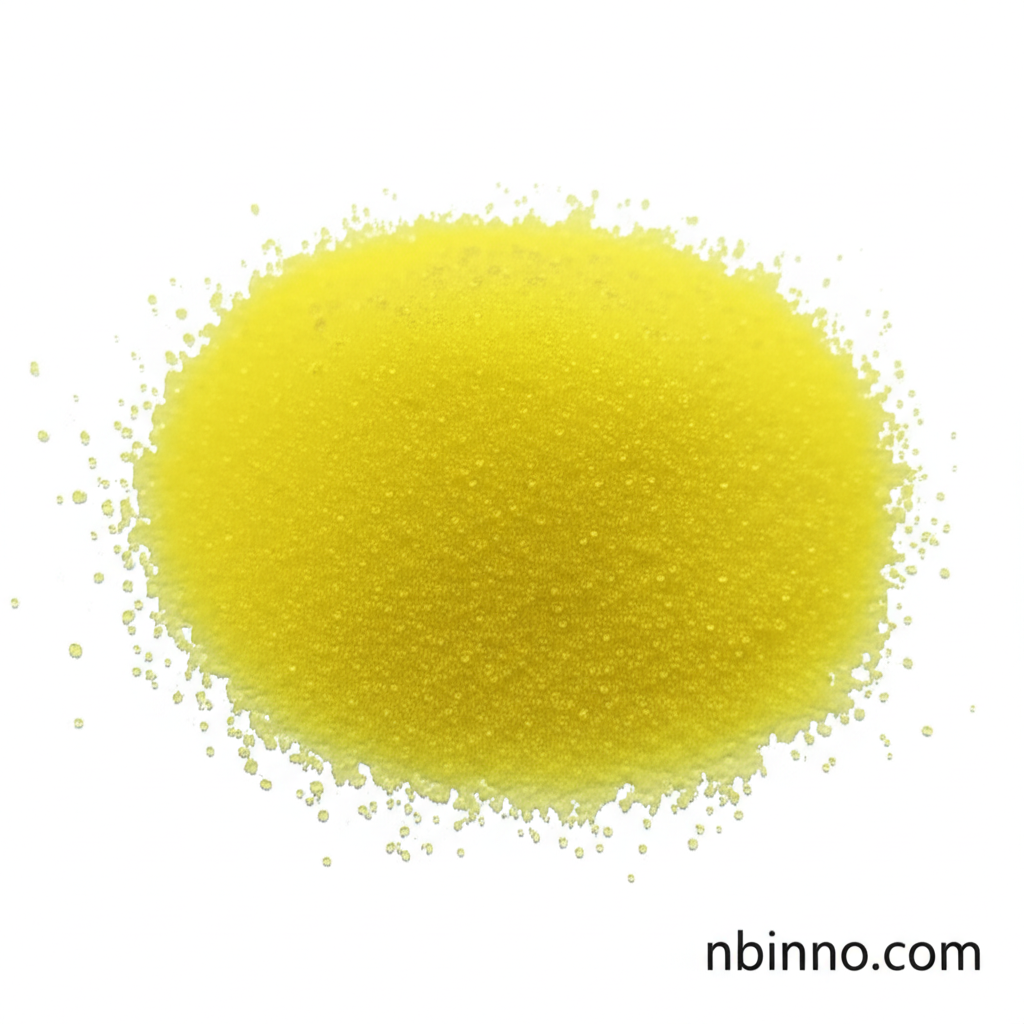1-(3-Fluoro-4-nitrophenyl)ethanone: A Versatile Chemical Intermediate
Unlock advanced synthesis with CAS 72802-25-6, a critical building block for pharmaceuticals and materials.
Get a Quote & SampleProduct Core Value

1-(3-Fluoro-4-nitrophenyl)ethanone
1-(3-Fluoro-4-nitrophenyl)ethanone, identified by CAS 72802-25-6, is a highly valuable organic compound renowned for its role as a critical intermediate in advanced chemical synthesis. Its unique combination of a fluorine atom and a nitro group on the phenyl ring, alongside an acetyl moiety, imparts distinctive chemical properties. This makes it an indispensable component in the development of pharmaceuticals, agrochemicals, and novel materials, underscoring its significance in modern chemical research and industrial applications.
- Explore the precise chemical reactivity of fluoro nitrophenyl ethanone to understand its synthetic potential. This compound is a cornerstone for developing complex molecules.
- Discover the pharmaceutical intermediate applications of CAS 72802-25-6, facilitating drug discovery and development. Its structure is key to creating new therapeutic agents.
- Investigate the biological activity of nitroacetophenone derivatives, including potential antibacterial and anticancer properties. This compound's derivatives show promise in medicinal chemistry.
- Leverage the material science applications of fluorinated aromatics for creating next-generation functional materials. Its unique electronic properties are vital for innovation.
Advantages of the Product
Synthetic Versatility
The presence of electron-withdrawing fluoro and nitro groups makes this compound highly reactive in various organic transformations, facilitating diverse synthetic pathways and enabling the creation of complex molecular architectures through reactions like nucleophilic substitutions and coupling reactions.
Pharmaceutical Relevance
As a key pharmaceutical intermediate, CAS 72802-25-6 is instrumental in the synthesis of active pharmaceutical ingredients (APIs). Its structural features contribute to the biological activity of derived compounds, making it a sought-after building block in drug discovery and development for various therapeutic areas.
Material Science Innovation
This compound serves as a precursor in material science for developing functional materials with tailored electronic properties. Its unique halogenated structure allows for its incorporation into polymer matrices and other advanced materials, opening avenues for applications in electronics, sensors, and optoelectronic devices.
Key Applications
Organic Synthesis
Serves as a crucial building block for synthesizing a wide array of organic molecules, offering enhanced reactivity due to its fluoro and nitro substituents, critical for creating complex chemical structures.
Pharmaceutical Chemistry
Functions as a key intermediate in the development of new drugs and APIs. Its derivatives are explored for various therapeutic potentials, including anti-inflammatory, antibacterial, and anticancer activities.
Material Science
Utilized as a precursor for designing functional materials with specific electronic and optical properties. Its incorporation can lead to advancements in areas like sensors, electronic devices, and optoelectronics.
Chemical Research
A subject of study for its chemical reactivity and biological properties, aiding researchers in understanding reaction mechanisms and exploring new applications in medicinal chemistry and beyond.
